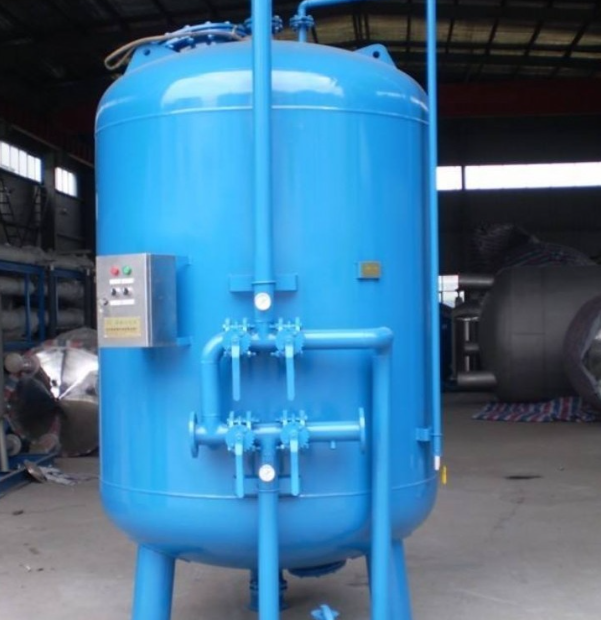NEWS&EVENTS
Home > News&Events > Company news > Application of activated carbon tank in extraction and purification of electrolytic copper waste liquid
Electrolytic copper wastewater usually contains high concentrations of copper ions, acidic media (such as sulfuric acid), and various impurity metals and organic additives. The treatment goal is to recover copper and remove impurities. At the same time, it may be necessary to purify the wastewater to meet emission standards. The main function of activated carbon canisters is adsorption, so in such wastewater treatment, activated carbon canisters may be used to adsorb certain organic impurities or remove color, odor, etc.

(1) Pretreatment: Removal of organic impurities
Adsorption target: brighteners, grease and other macromolecular organic matter in wastewater.
Technical advantages:
Avoid organic matter from entering the extraction tank to interfere with the separation of the two phases (reduce the risk of emulsification);
Protect the extractant (such as LIX series) from contamination and extend its service life;
Improve the mass transfer efficiency of copper ions (reduce the barrier effect of organic membranes).
(2) Post-treatment: Purify the aqueous phase after extraction
Adsorption target: Residual trace extractant (such as organic phase entrainment) and soluble organic matter in the stripping solution.
Technical advantages:
Ensure that the discharged water phase meets environmental protection standards (such as COD and TOC limits);
Recover residual organic solvents and reduce operating costs;
Avoid the accumulation of organic matter in the electrolysis system (affecting the quality of cathode copper).
(3) Solvent regeneration assistance
Adsorption target: Degradation products accumulated in the circulating organic phase (such as carboxylic acids generated by oxidation).
Technical advantages:
Maintain the extraction capacity and selectivity of the organic phase;
Reduce the frequency of solvent replacement and reduce production costs.
In summary, the application of activated carbon canisters in the treatment of electrolytic copper waste liquid may include: pretreatment to remove organic impurities and protect the subsequent extraction process; post-treatment to purify the aqueous or organic phase after extraction; and auxiliary purification in the solvent regeneration stage. It is necessary to analyze the action points and advantages of the activated carbon canister in combination with the specific process flow, while considering material selection and operating parameters to ensure efficient and economical operation.